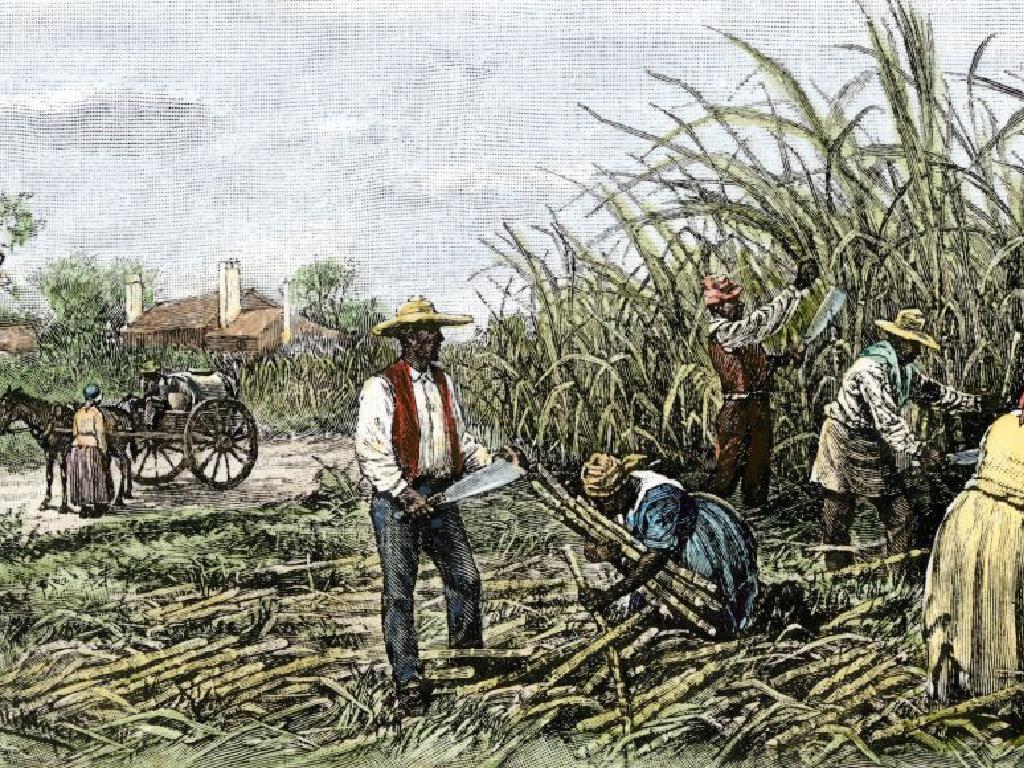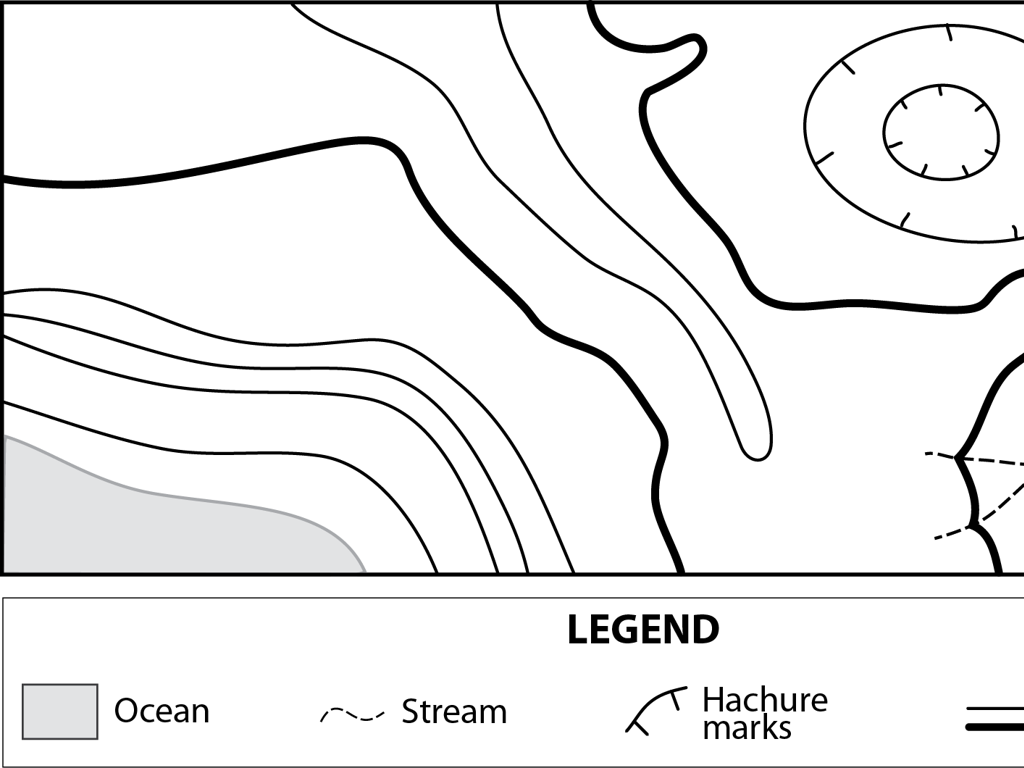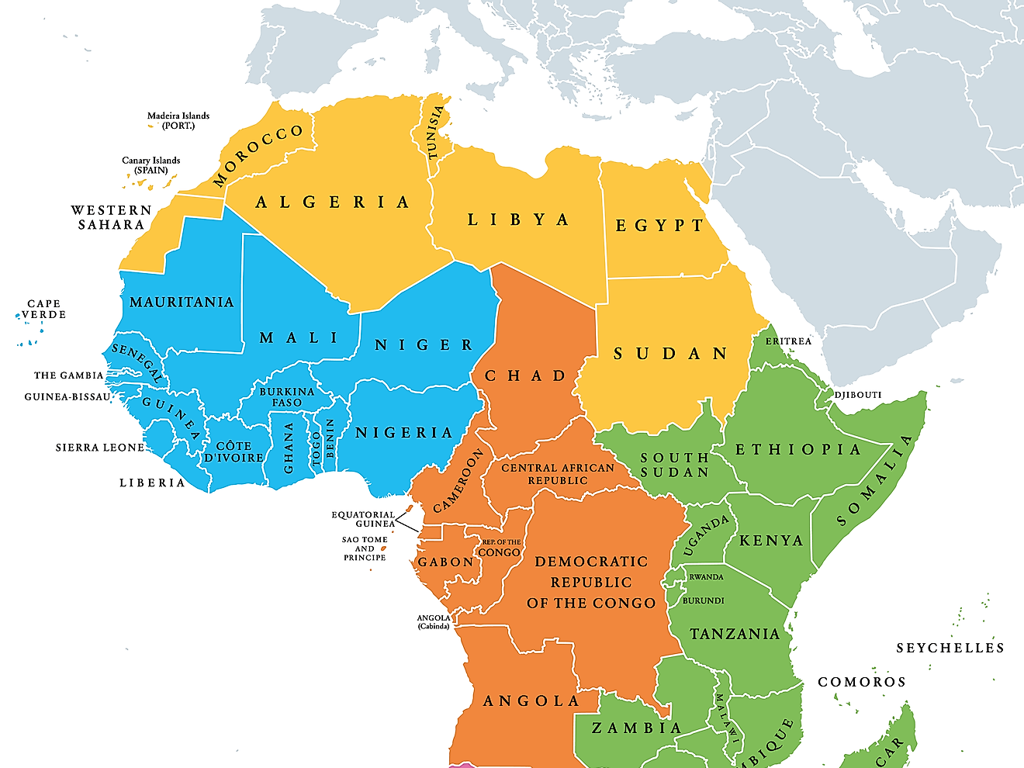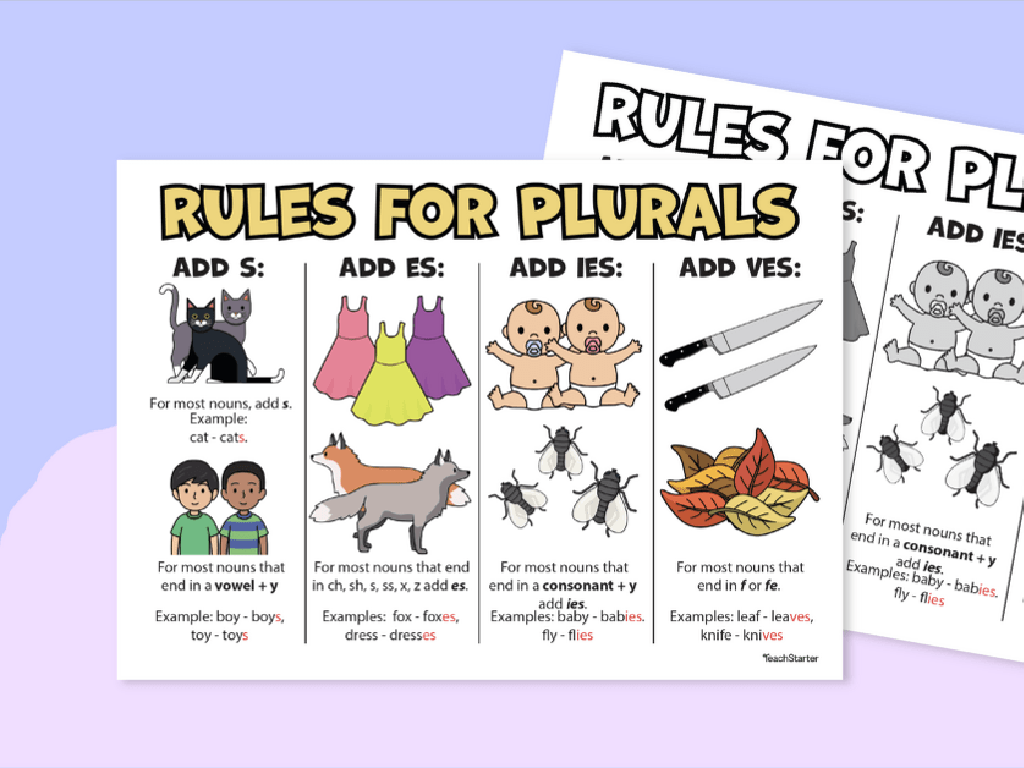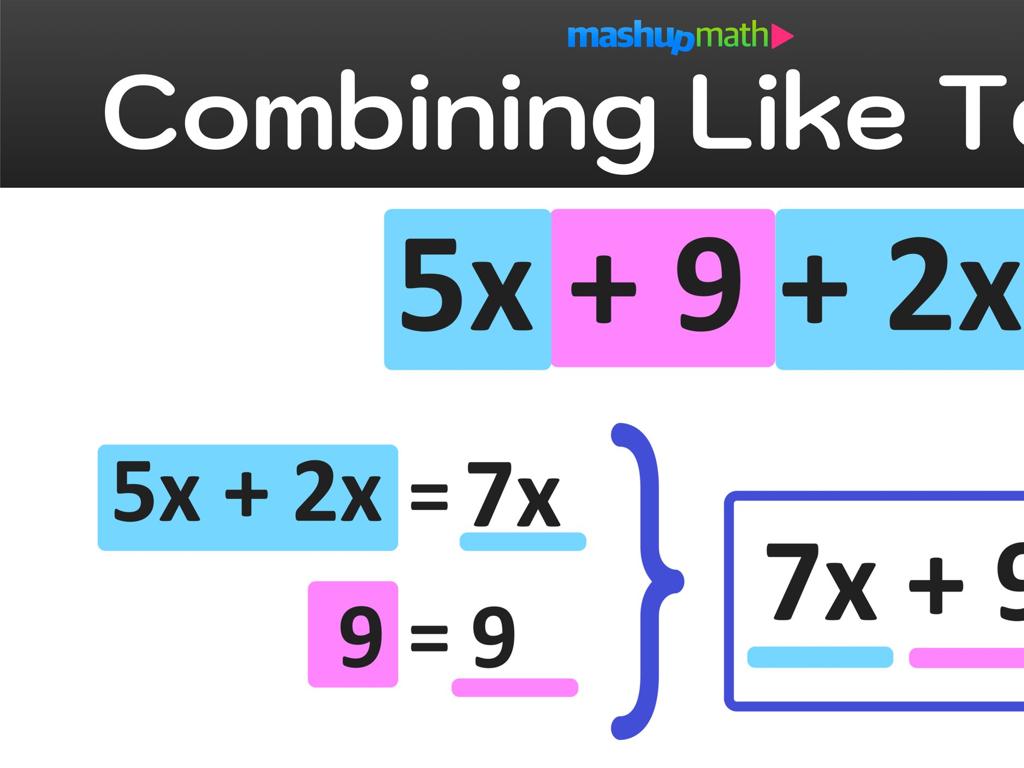Add Fractions: Denominators 10 And 100
Subject: Math
Grade: Fourth grade
Topic: Add And Subtract Fractions With Unlike Denominators
Please LOG IN to download the presentation. Access is available to registered users only.
View More Content
Adding Fractions: Denominators 10 and 100
– Explore fractions with denominators 10 & 100
– Fractions like 1/10 or 3/100 are parts of a whole
– Learn to add fractions step-by-step
– Convert to like denominators, then add numerators
– Discover why fractions are key in math
– Fractions are used in time, recipes, and measurements
– Engage in fun fraction addition activities
|
Today’s lesson focuses on understanding and adding fractions with denominators of 10 and 100, which are common in everyday situations like telling time or cooking. Start by explaining what fractions are and how they represent parts of a whole. Demonstrate how to add fractions by finding a common denominator and then adding the numerators. Emphasize the importance of fractions in daily life and various fields such as science and finance. Engage students with activities that involve adding fractions with denominators of 10 and 100, such as combining measurements in a recipe or adding time intervals. Provide clear examples and ensure students practice with hands-on activities to solidify their understanding.
Understanding Fractions
– A fraction is part of a whole
– Numerator and denominator explained
– Top number (numerator) shows how many parts we have. Bottom number (denominator) shows how many parts make a whole.
– Examples: 1/10, 3/100, 7/10
– 1/10 means 1 part out of 10. 3/100 means 3 parts out of 100. 7/10 means 7 parts out of 10.
– Visualizing fractions
– Use images or objects to show fractions visually, like cutting a cake into 10 pieces.
|
This slide introduces the concept of fractions to fourth-grade students. Begin by explaining that a fraction represents a part of a whole, which could be anything like a pizza or a chocolate bar. Clarify the roles of the numerator and the denominator, using visual aids if possible. Provide examples of fractions with denominators of 10 and 100, as these will be relevant for adding fractions later on. Encourage students to visualize fractions with real-life objects to solidify their understanding. This foundational knowledge is crucial for grasping more complex concepts of adding and subtracting fractions with unlike denominators.
Adding Fractions: Denominators 10 and 100
– Understanding denominators
– Denominator = number of equal parts
– Why 10 and 100 are special
– 10 and 100 are multiples of 10
– Visualize 1/10 and 1/100
– Use blocks to represent fractions
– Practice adding 1/10 + 1/100
– Convert 1/100 to 1/10 to add
|
This slide introduces students to the concept of denominators, focusing on 10 and 100, which are commonly used in our decimal system. Explain that the denominator is the bottom number in a fraction and it tells us into how many equal parts the whole is divided. Emphasize that 10 and 100 are related by a factor of 10, making it easier to work with them. Use place value blocks to help students visualize 1/10 as one block out of ten and 1/100 as one block out of a hundred. This visual aid will help them grasp the concept of fractions more concretely. Finally, guide them through the process of adding fractions with these denominators by converting them to have the same denominator, such as changing 1/100 to 0.01/10, and then adding it to 1/10.
Understanding Equivalent Fractions
– What are equivalent fractions?
– Fractions that have the same value, but look different
– Converting 10s to 100s
– Multiply both top and bottom by 10
– Converting 100s to 10s
– Divide both top and bottom by 10
– Practice: 3/10 to ?/100
– Multiply 3/10 by 10/10 to get 30/100
|
This slide introduces the concept of equivalent fractions, which are different fractions that represent the same value. Start by explaining that even though these fractions look different, they are just different ways of expressing the same amount. Show how to convert fractions with denominators of 10 to equivalent fractions with denominators of 100 by multiplying both the numerator (top number) and the denominator (bottom number) by 10. Conversely, demonstrate how to convert from denominators of 100 to 10 by dividing by 10. Use the example of converting 3/10 to an equivalent fraction with a denominator of 100 to provide a clear, step-by-step illustration. Encourage students to practice this method with different fractions and prepare for hands-on activities in the next class.
Adding Fractions with Same Denominators
– Review adding same denominator fractions
– Example: Adding 1/10 + 3/10
– When denominators match, simply add numerators
– Practice together: 2/100 + 5/100
– Add 2/100 and 5/100 to find the sum
– Understand like denominators addition
– Like denominators mean we keep the denominator the same
|
Begin with a review of adding fractions with the same denominator, emphasizing that only the numerators are added while the denominator remains unchanged. Use the example 1/10 + 3/10 to illustrate this concept clearly. Then, engage the students with a practice problem, 2/100 + 5/100, and solve it together as a class. This will reinforce their understanding and provide a foundation for adding fractions with unlike denominators. Encourage students to explain the process in their own words to assess comprehension.
Adding Fractions: Common Denominators
– Understand different denominators
– Convert to the same denominator
– Find a common number both denominators can divide into
– Example: 1/10 + 2/100
– 1/10 is the same as 10/100. Now we can add!
– Steps: Make denominators match
– Change 1/10 to 10/100, then add 10/100 + 2/100
|
This slide introduces the concept of adding fractions with different denominators by finding a common denominator. The focus is on denominators of 10 and 100, which are particularly relevant for fourth graders as they can easily understand the relationship between these numbers. The example provided demonstrates how to convert fractions so that they have the same denominator, making addition possible. Emphasize the importance of converting fractions to equivalent forms with common denominators before adding. Instruct students to practice this technique with various fractions to build their confidence and understanding.
Let’s Practice Adding Fractions!
– Work through examples together
– Example 1: Adding 7/10 and 3/100
– Convert 3/100 to tenths: 3/100 = 3/10
– Example 2: Adding 5/10 and 25/100
– Convert 25/100 to tenths: 25/100 = 25/10
– Discuss steps and find solutions
– Add numerators, keep denominator same
|
This slide is designed for a class activity where students will practice adding fractions with different denominators. Start by explaining that to add fractions with unlike denominators, we first need to convert them to have the same denominator. For Example 1, convert 3/100 to tenths by finding an equivalent fraction, which is 3/10. Then add it to 7/10. For Example 2, convert 25/100 to tenths, which is 25/10, and add it to 5/10. Walk through each step with the class, ensuring they understand the process of converting and then adding the fractions. Encourage students to participate in finding the solution and to ask questions if they’re unsure. After discussing the steps, work through the problems as a class and find the solutions together. This will prepare them for independent practice.
Class Activity: Fraction Scavenger Hunt
– Find classroom items for fractions
– Create fractions with 10s and 100s
– Use items to represent parts of 10 or 100
– Share your fractions with the class
– Explain your fraction choices
– Tell us why you chose those items
|
This interactive activity is designed to help students apply their knowledge of fractions with denominators of 10 and 100 in a fun and engaging way. Students will search the classroom for items that can be used to represent fractions, such as a set of markers where 2 out of 10 are a different color, or a hundred grid partially filled in. They will then create their own fractions using these items and share their findings with the class, explaining their thought process and how they represent the fractions. For the teacher: Prepare a list of possible items students can use, ensure each student has a chance to present, and guide them to understand how different items can represent fractions. Provide feedback and clarification as needed.
Wrapping Up: Adding Fractions
– Excellent work on fractions!
– Review today’s fraction steps
– Convert to like denominators, add, simplify
– Homework: Fractions worksheet
– Complete the provided worksheet
– Practice makes perfect!
– Keep practicing to improve your skills
|
Congratulations to the class for learning how to add fractions with denominators of 10 and 100. It’s important to reinforce the steps we’ve taken today: converting fractions to have the same denominator, performing the addition, and then simplifying the result if possible. For homework, students are assigned a worksheet that will provide additional practice on this topic, helping to solidify their understanding. Encourage them to approach each problem methodically and to check their work for accuracy. Remind them that practice is key to mastering math skills, and this worksheet is a great opportunity to demonstrate what they’ve learned.

